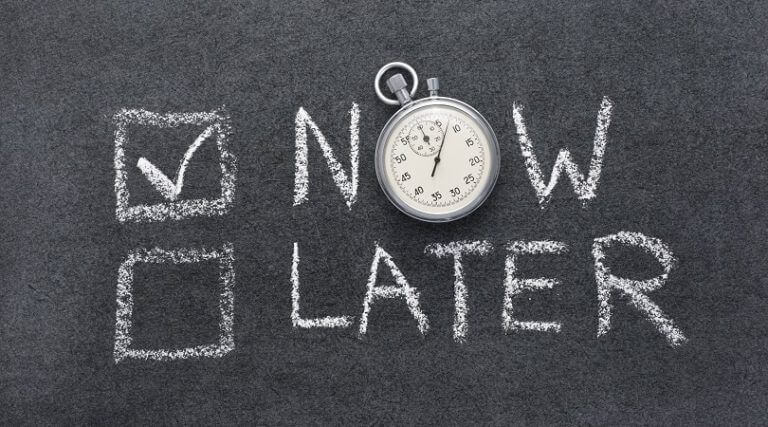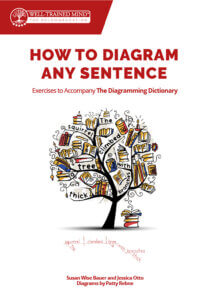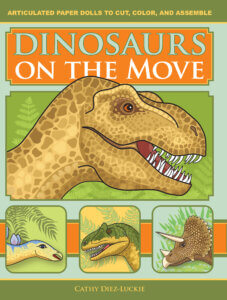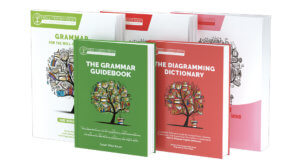
Children learn math best and enjoy it most when the material is at their “Goldilocks” challenge level: not too hard, not too easy, but just right. When it’s too hard, they feel frustrated and overwhelmed. When it’s too easy, they feel bored and unengaged. But when it’s “just right,” they’re more likely to be interested, alert, and confident! In this article, you’ll learn how to choose the right level of Math with Confidence (or Preschool Math at Home) so that you can place your child in the level that maximizes learning while minimizing frustration.
Preschool Math at Home
Preschool Math at Home provides short, sequenced, playful activities that give young children a solid foundation with the numbers to 10. There’s no workbook, so your child does not need to have any writing skills in order to start exploring numbers.
Children are typically ready to start the activities around age 4. If your 3-year-old is interested in numbers, go ahead and start trying out some of the activities—but be prepared to go slowly. You can introduce the activities at whatever pace best fits your child.
Kindergarten Math with Confidence
Most children will be ready to start Kindergarten Math with Confidence when they are 5 or 6 years old. Your child does not need to have used a formal preschool math program before starting, although it’s helpful if she has already learned to count to 10 and hold a pencil.
A few 4-year-olds may be ready to use Kindergarten Math with Confidence, but most young children won’t be ready for the number-writing on the worksheets or the more abstract concepts in the program (such as categorizing shapes or writing two-digit numbers). If your younger child is interested in numbers, use Preschool Math at Home before starting this program. Then, monitor his level of engagement and frustration to decide whether or not he is mature enough for kindergarten math.
First Grade Math with Confidence
Most children are ready to start First Grade Math with Confidence when they are 6 years old. Your child is ready to begin this program if she can:
- Count to at least 10 (preferably higher).
- Write the numbers from 1 to 10. (It’s fine if they’re crooked or she sometimes reverses them.)
- Identify basic shapes, such as circle, triangle, and square.
- Solve simple addition or subtraction word problems by acting them out with concrete objects.
Your child does not need to have used a formal kindergarten math program before starting First Grade Math with Confidence. If she is “first grade age” (typically 6 years old) and has mastered the above skills, she’s ready! First Grade MWC reviews many of the skills covered in Kindergarten Math with Confidence, so your child does not need to have completed Kindergarten before tackling First Grade.
Second Grade Math with Confidence
Most children are ready to start Second Grade Math with Confidence when they are 7 years old. Your child is ready if he can:
- Count to 100 by 1s, 2s, 5s, and 10s.
- Read, write, and compare 2-digit numbers.
- Understand the meaning of the tens-place and ones-place in 2-digit numbers.
- Write simple addition and subtraction equations, and solve simple word problems
with single-digit numbers. - Know most of the addition facts up to 9 + 9.
- Know most of the subtraction facts that involve subtracting from numbers up to 10
(for example, 7 – 4 or 10 – 6). - Know the names and values of coins and identify combinations of a few coins.
Third Grade Math with Confidence
Your child is ready to begin Third Grade Math with Confidence if he can:
- Count by 1s, 2s, 5s, and 10s to 1,000.
- Read, write, and compare 3-digit numbers.
- Understand place-value in 3-digit numbers.
- Know the addition and subtraction facts mostly by heart. (He should be able to recall the answers to most within 3 seconds or so. This varies depending on the child’s overall processing speed, so it is not a hard and fast guideline.)
- Know how to use place-value strategies to solve mental math problems like 55 + 37, 36 + 8, 90 – 42, or 74 – 6.
- Know how to add and subtract two- and three-digit numbers with the standard written process. (You might know this method as “stack math” or “borrowing and carrying.”)
If your child is not fluent with the addition and subtraction facts but knows the rest of the skills listed above, she is probably ready to begin Third Grade Math with Confidence. Make sure to add 5 minutes of daily addition facts practice or subtraction facts practice to each lesson until your child becomes more fluent with the facts.
Fourth Grade Math with Confidence
Most children are ready to start Fourth Grade Math with Confidence when they are 9. Your child is ready to begin Fourth Grade Math with Confidence if he can:
- Read, write, compare, and understand place value in numbers to 10,000
- Use the traditional process to add and subtract 4-digit numbers written vertically. (You might know these problems as “stack math” or “borrowing and carrying.”)
- Name answers to the multiplication and division facts (up to 10×10 and 100÷10). She should be able to recall the answers to most within 3 seconds or so. It’s okay if she’s still developing fluency with the tricky 7s, 8s, and 9s.
- Use addition, subtraction, multiplication, and division to solve word problems, including two-step word problems.
- Find the area and perimeter of rectangles.
- Read, write, and compare simple fractions.
If your child is not fluent with the multiplication and division facts but knows the rest of the skills listed above, he is probably ready to begin Fourth Grade Math with Confidence. Make sure to add 5 minutes of daily multiplication fact or division fact practice to each lesson until your child becomes more fluent with the facts.
Frequently Asked Questions
How does the scope and sequence for Math with Confidence compare to other homeschool math programs?
Math with Confidence is a “middle-of-the-road” program. It aims to help children develop both conceptual understanding and procedural fluency in math, so that children know both how to solve math problems and why the methods work. Families with advanced students may choose to go through the program more quickly, while families with kids who take a little longer to grasp concepts may opt to go more slowly.
I’m switching from a different kindergarten math program to First Grade Math with Confidence. What level should my child use?
Most homeschool kindergarten math programs cover the same skills. If your child used a kindergarten math program from a different publisher, she should be fine going straight into First Grade Math with Confidence.
My child is starting first grade, but he didn’t use a formal math program for kindergarten. What level should my child use?
If your child is 6, he’s likely ready to start First Grade Math with Confidence. (See the skills listed above to check that he’s ready.) But, if he did not complete any formal kindergarten math program, you may find you need to spend a little extra time on building number sense with the numbers from 0 to 10 in Unit 1. The Checkpoint at the end of Unit 1 will help you decide whether to continue on to Unit 2 or spend more time solidifying these core number concepts.
If your child is continually frustrated, resisting math lessons, or crying during math time, it’s a clear sign that the book is too challenging for his current maturity level, no matter how old he is. In that case, I highly recommend that you put First Grade MWC away until next year and use Kindergarten MWC instead. Every child’s brain matures at a different rate, and you and your child will both find your math lessons much more satisfying when your child is developmentally ready for them.
How does the scope and sequence for Math with Confidence compare to public school math programs or Common Core?
Math with Confidence is not aligned with the Common Core. Like most homeschool math programs, it meets or exceeds most CC standards, but it does not necessarily cover every standard.
For example, in First Grade Math with Confidence, children learn to add and subtract numbers to 20, measure length, identify shapes, and understand place-value. These are the usual first grade topics, covered by just about every math program, including ones aligned with the Common Core. But, MWC does not require first graders to reason abstractly about addition and subtraction or offer lengthy explanations of their thinking like many Common Core-aligned programs.
Practically speaking, this means MWC is roughly on grade level with most public-school programs. If you’ve pulled your child out of public school (or are looking to supplement after school), use the MWC level that matches their grade. Or, if you expect to send your child to public school at some point, he shouldn’t have trouble transitioning from Math with Confidence to a Common Core-aligned program.
The first unit looks very easy! Is this really where my child should start?
The Math with Confidence books begin with several weeks of easy review to ease your child into the school year and start the year on a positive, confident note. You’re welcome to condense lessons or teach two lessons per day if your child knows the material well. Just be warned that children often forget more than we expect during the summer!
Also keep in mind that there’s a lot of important number sense development tucked away inside the “easy review” of the early units in Math with Confidence. For example, here’s what a few Amazon reviewers have said about the difficulty level of Kindergarten MWC:
- “I felt like it started off too simple at first, but now I see the base she is trying to build from the beginning and I am glad I stuck with it.”
- “DO NOT judge this curriculum based on flipping through the workbook. You will immediately think “this is too easy” or “behind grade level”. That’s because it’s NOT a workbook-based curriculum. It’s much more hands on which is what we were looking for.”
- “At first glance, I thought this program looked very easy and my 5-year-old would be way too advanced as she already knows how to add, etc. But I was totally wrong. Even just the first unit looks like they just teach numbers but lesson 1.2 is teaching pairs (count by 2’s) 1.4 is teaching 2 pairs in the number 4 (pre-multiplication) and 2.1 is teaching ten frames and finding the missing addend (early pre-algebra) 2.3 is teaching 5 pennies equal a nickel (early grouping/skip counting).”
Still wondering what to do?
If in doubt, go with the lower level. You may find that you whiz through it and can teach a couple lessons a day. But, unless your child loves a challenge, she’ll probably enjoy math time more (and learn more, too) if you make sure she has a solid foundation before moving to the more challenging level.
It can be so tempting to hurry kids through. But, there’s really no rush. From a long-term perspective, children can start algebra anywhere from seventh to tenth grade and still graduate on time with the credits needed for four-year college. So, if your child is “behind” a grade level in his math curriculum when he’s seven years old, there’s plenty of time for him to learn the math he needs.
Recommended Products
-

Juneteenth Booklist & Activities
0 out of 5$0.00 Add to cart -
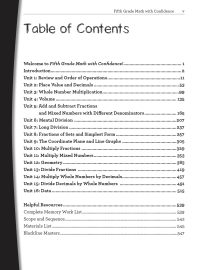
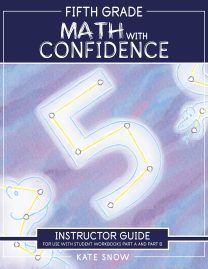
Fifth Grade Math with Confidence Instructor Guide
0 out of 5Starting at:$36.95Original price was: $36.95.$27.71Current price is: $27.71. Select options -
Sale!

Hansel & Gretel and Other Stories: Downloadable MP3
0 out of 5$12.95Original price was: $12.95.$8.42Current price is: $8.42. Add to cart -
Sale!

Dorothy and the Wizard in Oz: Downloadable MP3
0 out of 5$25.95Original price was: $25.95.$16.87Current price is: $16.87. Add to cart -
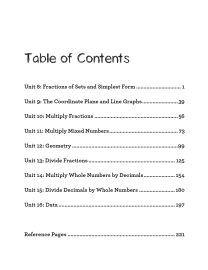 Sale!
Sale!
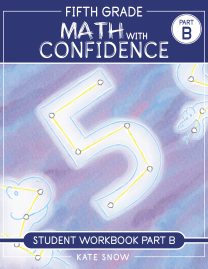
Fifth Grade Math with Confidence Student Workbook B
0 out of 5$16.46 – $21.56 Select options This product has multiple variants. The options may be chosen on the product page -
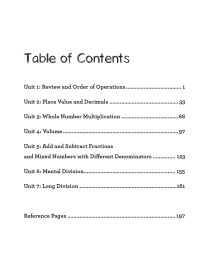 Sale!
Sale!
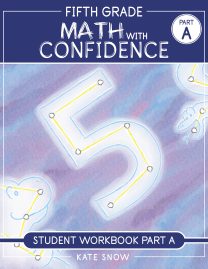
Fifth Grade Math with Confidence Student Workbook A
0 out of 5$16.46 – $21.56 Select options This product has multiple variants. The options may be chosen on the product page
ABOUT THE AUTHOR
Kate Snow
Join over 100,000 homeschooling families
For the latest offers, educational insights, products and more.
By joining you agree to our privacy policy.

